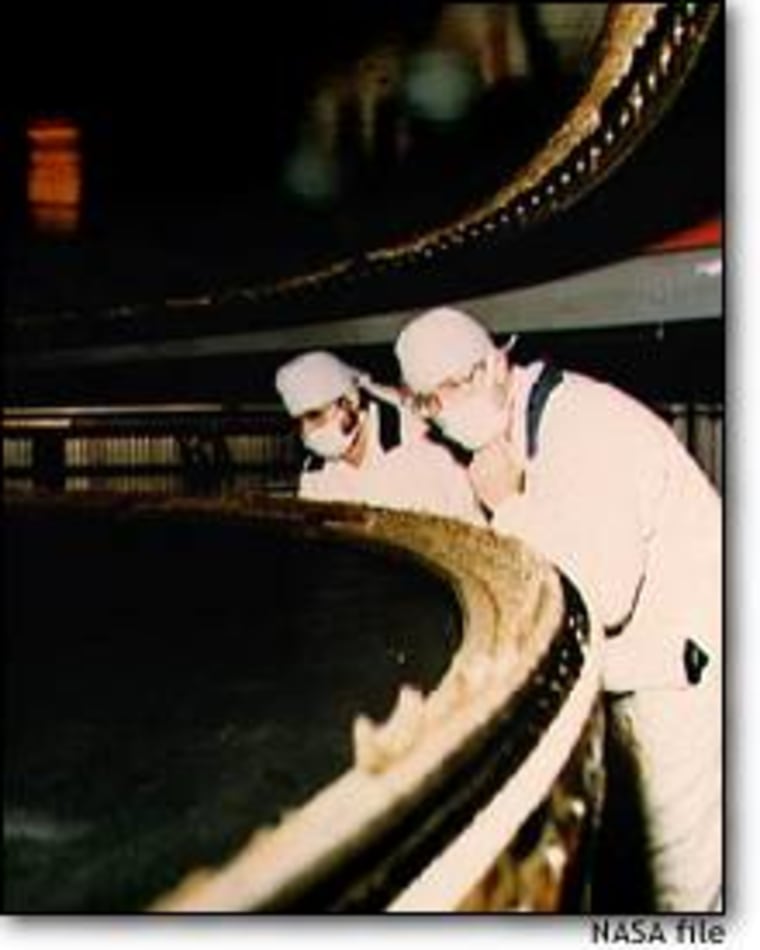During that embittered period when divers searched for the remains of Challenger’s crew and the space shuttle’s wreckage, President Ronald Reagan formed a presidential commission to carry out a thorough investigation of the disaster.
After exhaustive hearings and intensive studies, the commission issued its report — a report that cited troubling lapses in judgment, expertise, communications and management. The commission labeled the Challenger tragedy “an accident rooted in history,” adding that NASA had accepted terrible risks “because they got away with it last time.”
The commission specified that the direct cause of the flaming explosion was a disastrous leak in the right booster rocket joint. Said leak, a rupture in the integrity of the rocket casing, failed to contain searing flames escaping from the burning rocket, leading to the ultimate explosion — a confirmation of an NBC News report that aired just two days after the astronauts died.
Commission findings were clear, beyond question, that cold weather was a major contributing factor to the disaster.
“The space shuttle’s solid-rocket booster problem began with the faulty design of its joint and increased as both NASA and contractor management first failed to recognize it as a problem, then failed to fix it and finally accepted it as an acceptable flight risk,” the commission wrote.
Another determination of the commission was that NASA operated its affairs under extreme pressure to launch, to maintain the greatest number of flights per year, and had stretched its capabilities beyond safety limits in scheduling 15 flights during the 12 months of 1986.
In fairness, and once again proof of the old saw that every coin has two sides, what the commission did not say was that deep fault went right up to the hallowed halls of Congress. The penny-pinching Congress had refused NASA bequests to design and build a spaceplane-and-booster combination far superior to what ended up taking to the heavens. NASA had asked for funds for a much more expensive, but much more reliable and safer, solid-rocket booster. A solid rocket made up of one long stage, rather than segments stacked up one atop the other.
By its own track record in funding, Congress shared in the blame for the Challenger disaster. Its decisions also resulted in billions of dollars in tax funding that added up to far more than a superior rocket would have cost in the first place. And that does not include the priceless, long hiatus of space flight exploration and research when the entire shuttle fleet was grounded — and the pricey, more than $2 billion cost of building Challenger’s replacement, Endeavour.
Those kinds of worries didn’t end with the Challenger investigation. Just ask veteran shuttle astronaut Robert Crippen, who headed the investigation for the Astronaut Office.
The talented astronaut/manager was appointed center director of NASA’s Kennedy Space Center shuttle launch site. But in 1995, when the congressional budget ax began chopping away at the core of the space shuttles’ needed workforce, he was first out the door. Other space agency veterans followed in his footsteps as the downsizing continued.
NBC News correspondent Jay Barbree has covered America’s space effort from Cape Canaveral for more than 40 years. This is an updated version of a series that was first published on MSNBC.com in January 1997.
